You are here
Back to topProduction Shortage of Bananas Leads to Price Rise
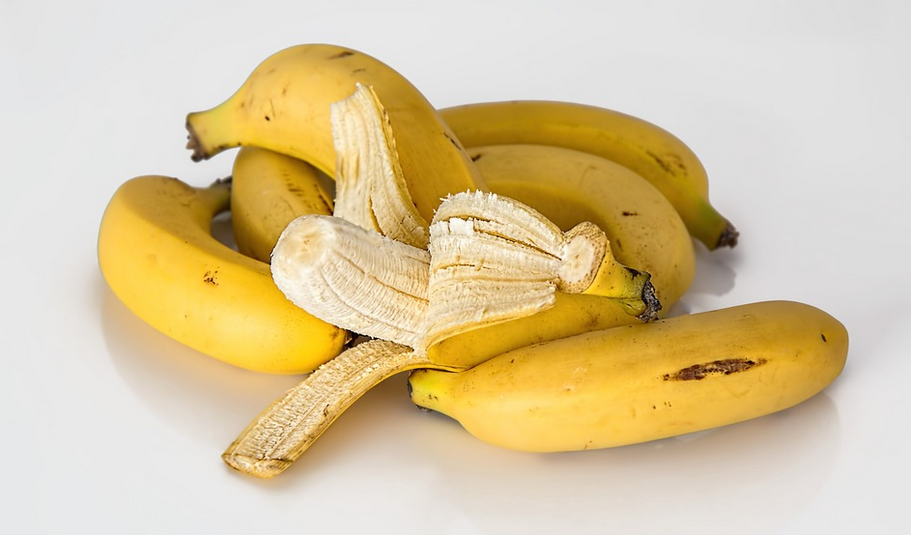
Recently, the sales volume of China’s domestic bananas has experienced a significant decline alongside higher prices. Typically, between July and September, the yield of Hainan bananas almost comes to an end, while the season starts for Guangxi and Guangdong bananas. However, due to this year’s storms, the time to market for Guangxi and Guangdong bananas has been delayed by two months, causing a gap in China’s banana market. As a result of the El Niño phenomenon, this year the Philippines has encountered a serious drought and the banana industry has been seriously devastated. It is estimated that the banana output from the Philippines may drop by about 30% and production volume will be reduced by about 2.8 million tons. This decrease is causing a sharp rise in the price of bananas on the Chinese market.
Meanwhile, as the time to market for Guangxi and Guangdong bananas has been delayed, a supply shortage has occurred. The Hainan area has already reached the end of its banana season and the supply is limited. Moreover, Laos, Burma, Yunnan, and other regions are in their low seasons for banana production with only limited supply. As a result of these factors, demand is exceeding supply and the price continues to rise.
The price remains high in producing areas and is also still rising in sales areas. In August, the price in producing areas has risen to 3 RMB per 500 grams. It is very difficult for most vendors to accept such high prices, and the sales volume in the wholesale market is only reaching 30–40% of normal months.
According to relevant statistics, at present, the wholesale price of bananas in the Hainan area is 2.9 RMB per 500 grams, while in the same period last year the price was only 1.2 RMB per 500 grams. In the Guangxi area, the wholesale price of bananas is 2.8 RMB per 500 grams, which is also more than double the price in the same period last year. The wholesale price in the Guangdong area is lowest, at only 1.6 RMB per 500 grams, but it has also increased by 146% compared with the same period last year. Since the domestic banana price is too high and the volume is low, vendors prefer to purchase large sums of imported bananas; as a consequence, the volume of domestic bananas on the sales market decreases further. After mid-September, bananas from Guangxi and Laos will gradually appear on the market, but due to the overall reduction in banana yields this year, it is expected that the price will not fall quickly.



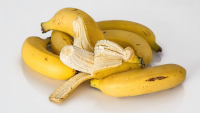
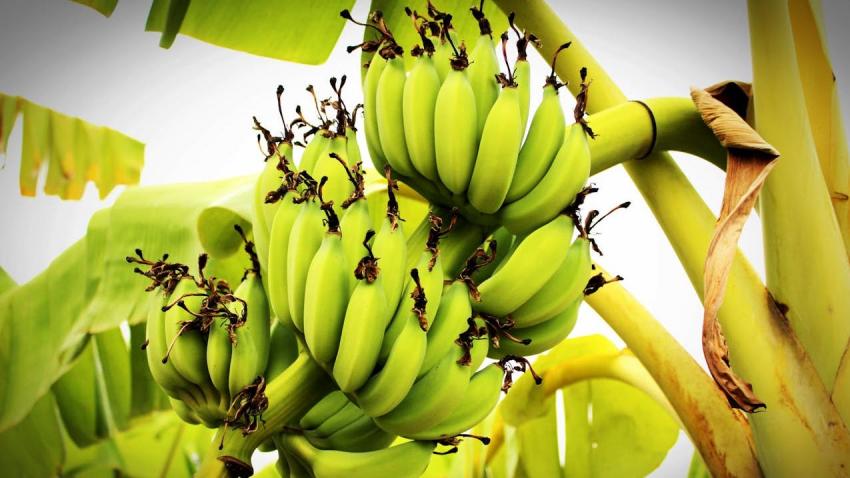
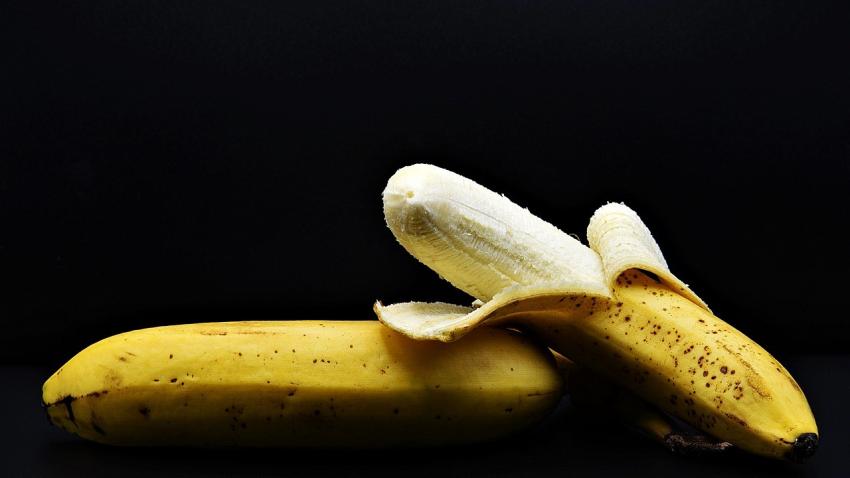
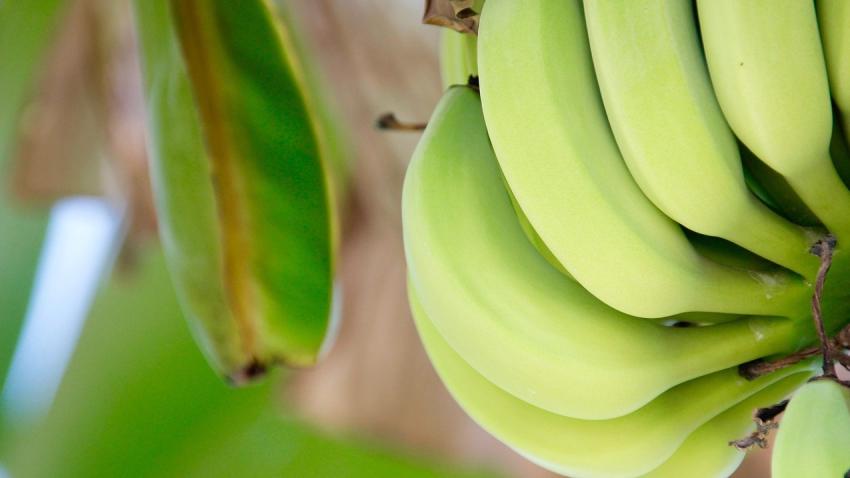
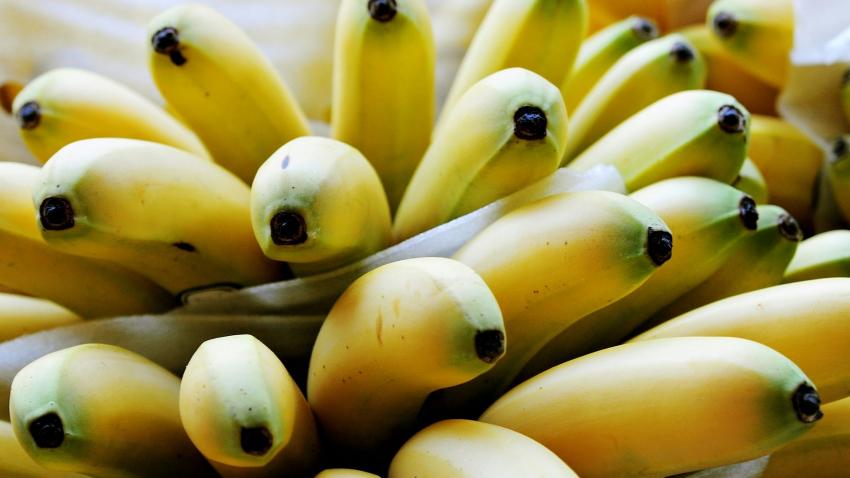






Add new comment